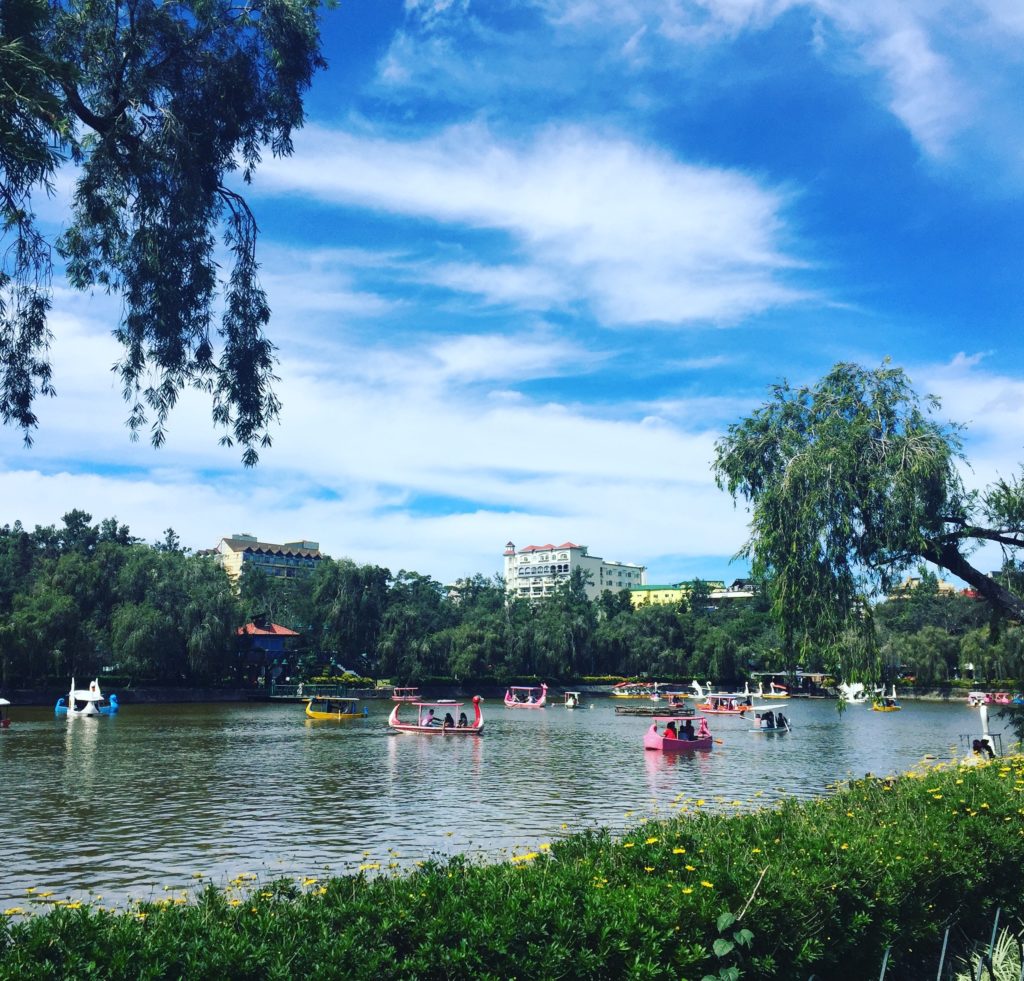Sailing
Sailing is an immortal and charming distraction that permits you to get away from the buzzing about of day to day existence and interface with nature. Whether you’re keen on fishing, water sports, or basically cruising along the shore, sailing offers vast open doors for experience. In this novice’s manual for drifting, we’ll cover the fundamentals to assist you with beginning on your excursion to turning into a carefully prepared boater. Runabouts are flexible boats appropriate for novices. They are perfect for cruising, water sports, and fishing on quiet waters. Barge Boats: Assuming you appreciate relaxed travels with loved ones, barge boats offer adequate deck space and strength. Boats: Cruising can be both unwinding and testing. Figuring out how to cruise is a remunerating experience, yet it requires some training. Get more information about padlespesialisten.

drifting
Before you set out on your drifting experience, look into security strategies and gear. Wellbeing is vital when on the water. Here are some fundamental wellbeing tips: Life Coats: Guarantee that you and your travelers have appropriately fitting life coats. They ought to be worn consistently while on the boat. Sailing Schooling: Consider taking a drifting wellbeing course to find out about route rules, crisis methodology, and fundamental abilities. Climate Mindfulness: Consistently look at the weather conditions conjecture prior to heading and be ready for evolving conditions. Find out more detail about kano.


